Peter Gleick: Safe Water During Disasters: Preparing Better for the Inevitable
Disasters happen. Earthquakes, cyclones, hurricanes, tsunamis, and more. And as we see at each disaster, and saw last week with the terrible earthquakes and tsunamis in the Pacific region, the first and most urgent need after rescue operations are finished is usually clean, adequate water.
What do we do? We load heavy pallets of plastic bottles filled with water onto cargo planes and fly them over to disaster areas. While the generosity of the bottled water companies, who typically donate their product, is indisputable, there must be a better way to get more water on site, cheaper and faster.
Here’s one.
Water Number: 700,000 gallons. This is the capacity of a “Spragg Bag.” Many years ago, an inventor/entrepreneur named Terry Spragg demonstrated the potential for making, filling, and moving large fabric water bags, which he nicknamed Spragg Bags (check out the website for information and a video).
For a while, a Norwegian company ran a commercial operation towing similar bags to thirsty regions of the Mediterranean. The large bags — and they can probably be made any size we want — can be pre-positioned throughout the world, folded and stored. In a disaster, they can be immediately filled with freshwater from any safe source: surviving municipal systems, rivers, small-scale purification plants, or desalination units and towed through the oceans to places of need. Or they can be driven or flown, empty, to the site of a disaster and filled locally. Two Military Sealift Command ships brought portable desalination systems to the Maldives during relief operations in February 2005 that could be used to fill such temporary storage bags. During the recent disaster in American Samoa, a U.S. Navy guided missile frigate, the USS Ingraham, was on scene very quickly, offering aid. Many Navy ships are capable of desalinating seawater and could fill such bags for distribution in emergencies, if the bags were either prepositioned or quickly flown in.
One of Spragg’s innovations was to design the bags so multiple bags could be connected in a “train” with massive zipper systems. In this way, many bags could be towed through the oceans at a time. Spragg is still around, but his idea has never been pursued commercially because the economics of such a system for regular water supply are marginal. But disaster relief is another story.
Why not manufacture hundreds or thousands of these? Put one on every Navy ship or piles of them in ports. Give them to disaster relief organizations to store in warehouses in every country. Ask every water utility to have some on hand for domestic disasters. We know disasters happen. We should do a better job of preparing to provide fresh, safe water quickly. This kind of idea, and others, should be explored. Even better, they should be implemented, before disaster strikes.
Peter Gleick
Dr. Gleick’s blog posts are provided in cooperation with the SFGate. Previous posts can be found here.



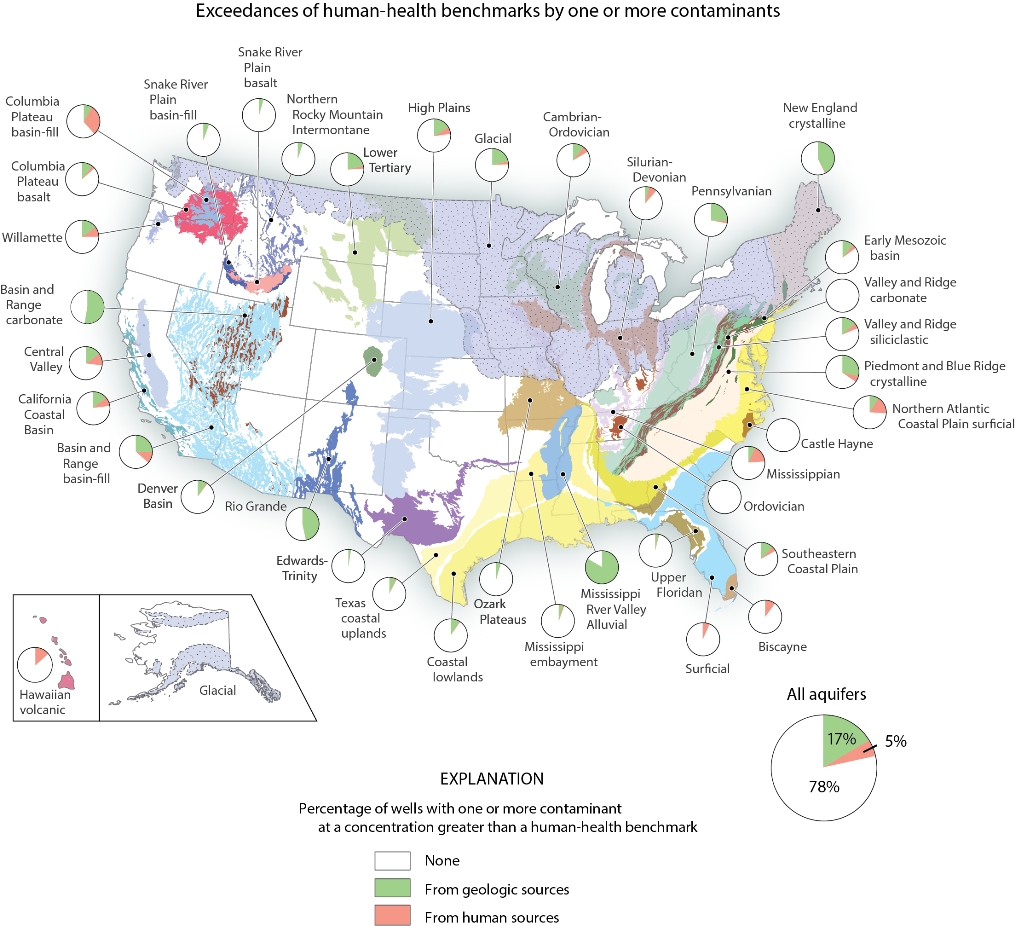

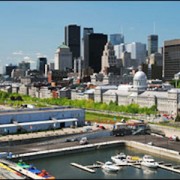
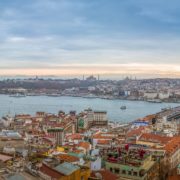
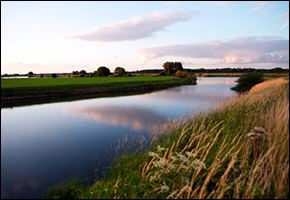

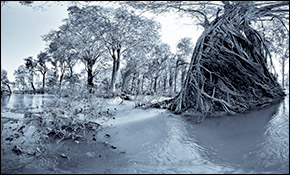
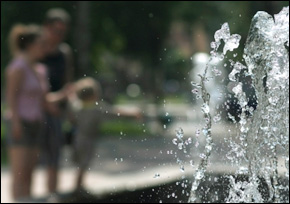
Leave a Reply
Want to join the discussion?Feel free to contribute!